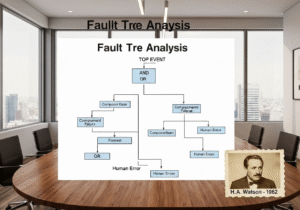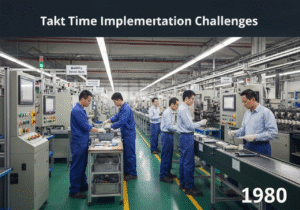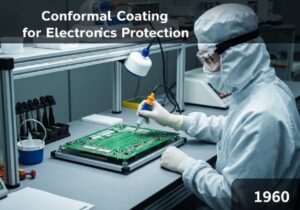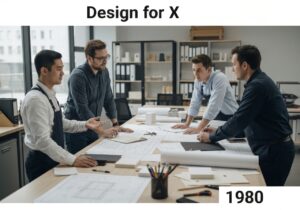Besides the usual Automotive industry global standards and norms:
- ISO/TS 16949:2009 – Automotive Quality Management Systems. Specifies the requirements for a quality management system in the automotive industry, particularly in the supply chain.
- ISO 26262:2018 – Functional Safety for Road Vehicles. Specifies requirements for the functional safety of electrical and/or electronic systems in vehicles, ensuring safe operation in the automotive environment.
- UNECE Regulation No. 13 – Braking of Vehicles. Establishes requirements for vehicle braking systems to ensure safety on the road.
- FMVSS Federal 电机 Vehicle Safety Standards – United States; a set of safety standards in the U.S. covering various aspects of vehicle design, including crashworthiness, seatbelts, and airbags.
- ECE R-48 – Lighting and Light-Signaling Systems for Vehicles
Find below an extensive list of applicable standards for most vehicles, sub-assemblies, systems and components.
(点击任何中间节点可扩展树形结构。鼠标移至标准名称上可查看其完整标题。点击它可访问其中一个供应商)。
注意:这棵树部分是自动生成的,用于第一种全局方法。请仔细检查要求和完整性(错误示例:列出磁共振成像仪的稀土金属标准并不合适。核磁共振没有真正的磁铁)。
请参阅我们网站上列出的标准官方组织。 工具目录.



























Interesting read, but wont a more stringent framework stifle auto innovation? Curious about other opinions on this.
Anyone else think the Automotive Standards Full Framework overlooks electric vehicles? Feels like were still stuck in the diesel era!
Great read, but isnt it high time we considered the impact of these automotive standards on electric vehicles as well?
相关文章
漂绿:绅士的15个绝妙欺骗技巧
如何最好地应对未决专利
所有专利状态:PCT、待审专利、已公布专利、已授权专利
十大最佳专利无效策略和工具
产品设计中的生命周期评估(LCA)
产品价值分析概述